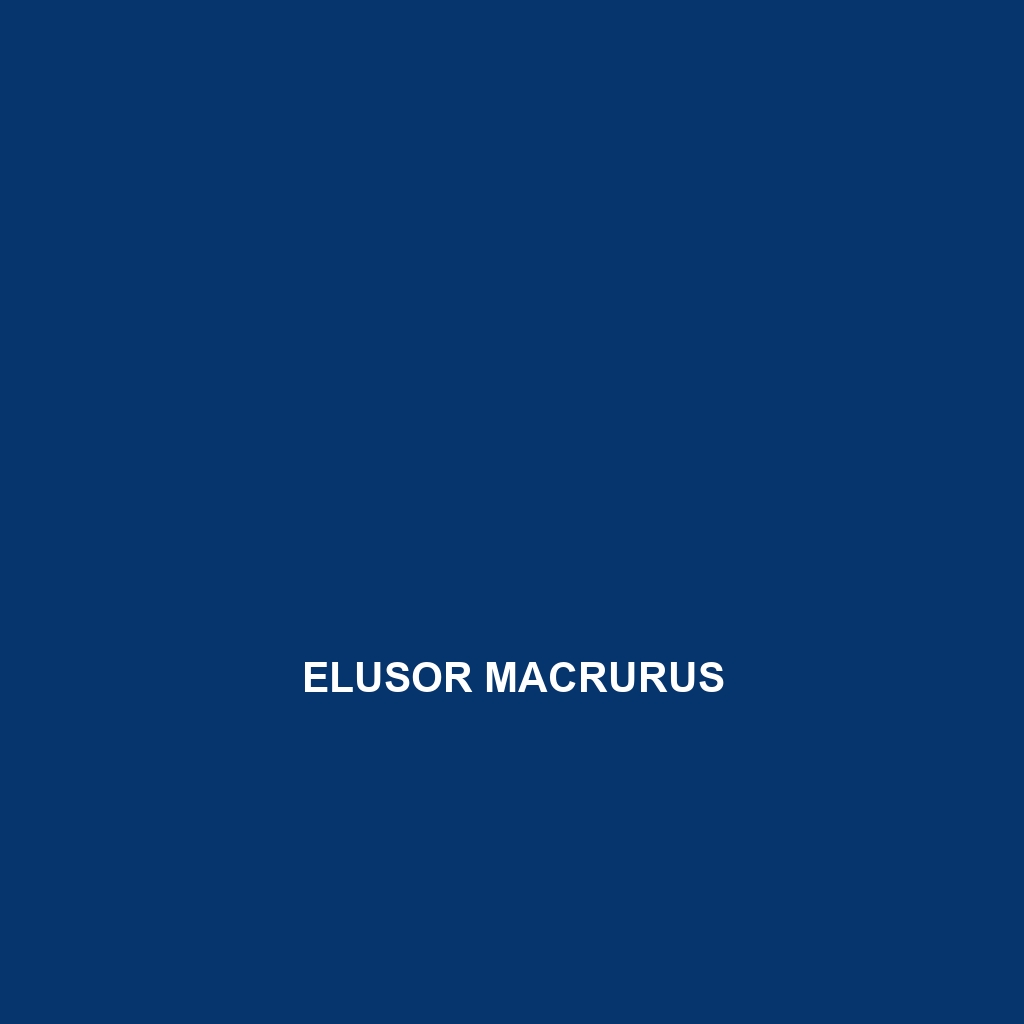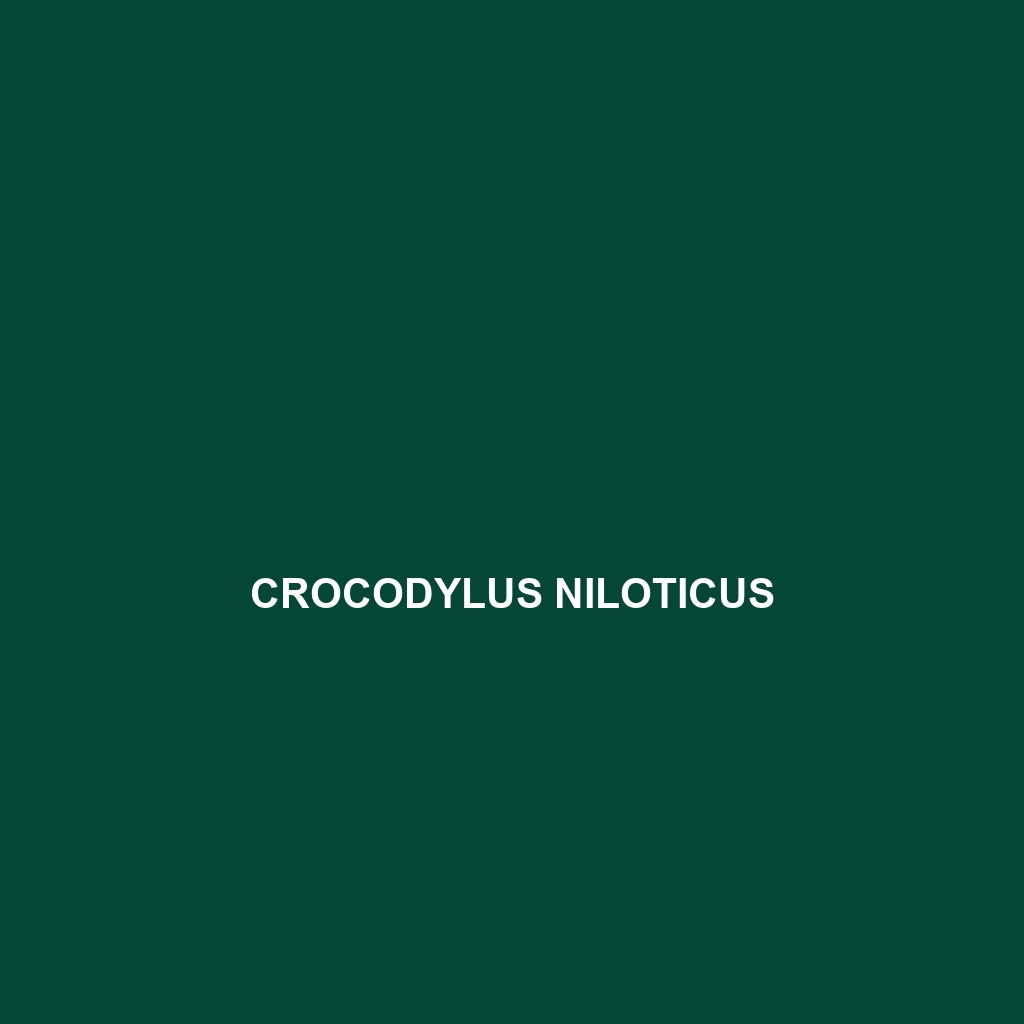Introducing the Kemp's Ridley Sea Turtle (Lepidochelys kempii), the smallest sea turtle species known for its heart-shaped, mottled shell and unique synchronous nesting behavior called "arribadas." Native to the Gulf of Mexico, these endangered turtles play a crucial role in marine ecosystems by regulating crab populations and contributing to nutrient cycling along sandy beaches.
Tag: nesting habits
Kinosternon albogulare
The Kinosternon albogulare, or white-cheeked mud turtle, thrives in freshwater habitats across eastern Mexico and Central America, characterized by its distinctive white or yellowish head markings and a diet of aquatic vegetation and invertebrates. This diurnal species exhibits intriguing social behaviors and plays a vital role in maintaining ecological balance within its environment.
Elseya schultzei
<p><b>Elseya schultzei</b>, or Schultze's River Turtle, is a vulnerable species native to the freshwater systems of northeastern Australia, known for its distinctive dark brown to black shell and elongated neck. This omnivorous turtle plays a vital role in its ecosystem by maintaining aquatic vegetation and contributing to nutrient cycling.</p>
Draco supriatnai
Introducing the Draco supriatnai, or Supriatna flying dragon, a vibrant green arboreal species from Southeast Asia known for its remarkable gliding abilities and unique adaptations. This fascinating insectivore plays a critical role in rainforest ecosystems, contributing to both pest control and pollination while facing vulnerabilities from habitat loss.
Deirochelys reticularia
Deirochelys reticularia, or reticulated tortoise, a semi-aquatic species found in the southeastern U.S. with a distinctive yellow and black patterned shell. These herbivorous creatures thrive in freshwater habitats and play a crucial role in maintaining aquatic ecosystems.
Conolophus subcristatus
<p>The Conolophus subcristatus, or Galápagos land iguana, is a robust herbivore found in the arid landscapes of the Galápagos islands, known for its distinctive yellowish to reddish coloration and spines along its back. This vulnerable species plays a vital role in its ecosystem by aiding in seed dispersal and maintaining plant diversity.</p>
Crocodylus niloticus
<h2>Short Description</h2> <p>The <strong>Nile crocodile</strong> (<i>Crocodylus niloticus</i>) is a formidable predator found in freshwater habitats across Africa, exhibiting impressive sizes of <strong>3 to 5 meters</strong> in length, with a carnivorous diet including fish, birds, and mammals. Known for its stealthy hunting techniques and essential ecological role, this species is crucial for maintaining balance in riverine and wetland ecosystems.</p>
Crocodylus johnstoni
Discover the <i>Crocodylus johnstoni</i>, or freshwater crocodile, native to northern Australia, featuring a slender body, distinctive coloration, and diurnal behavior. These apex predators play a vital role in their ecosystems by controlling fish populations and maintaining ecological balance.
Batagur dhongoka
Discover the Batagur dhongoka, or Dhongoka turtle, an endangered species primarily found in Southeast Asia's freshwater environments, characterized by its distinctive brown or olive green shell with yellow or orange markings. This large, herbivorous turtle plays a vital role in its ecosystem, aiding in nutrient cycling and supporting biodiversity.








